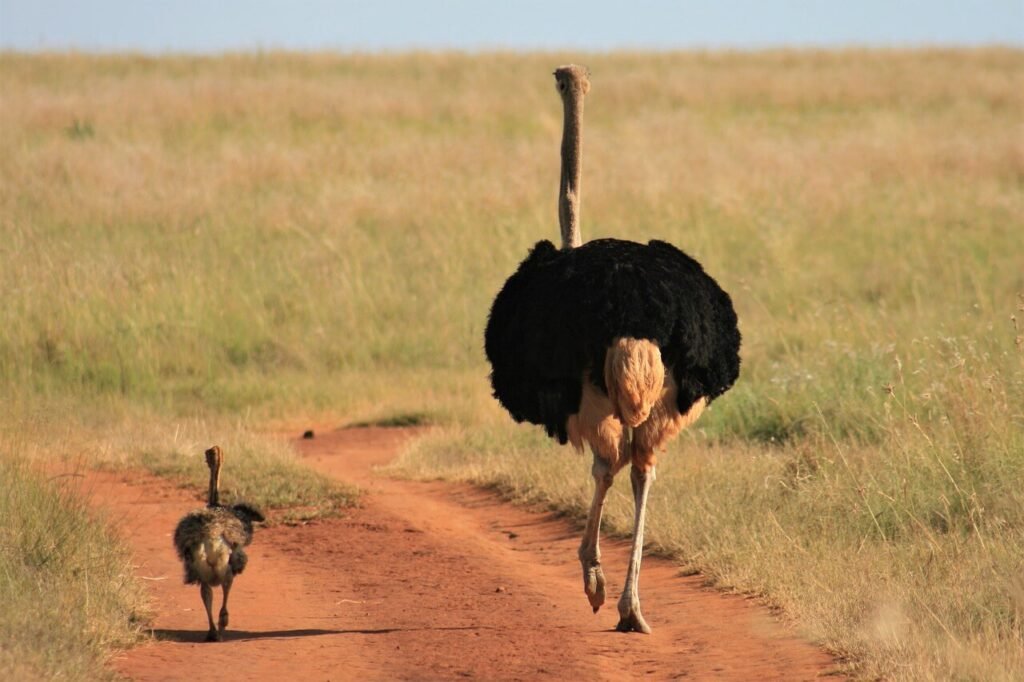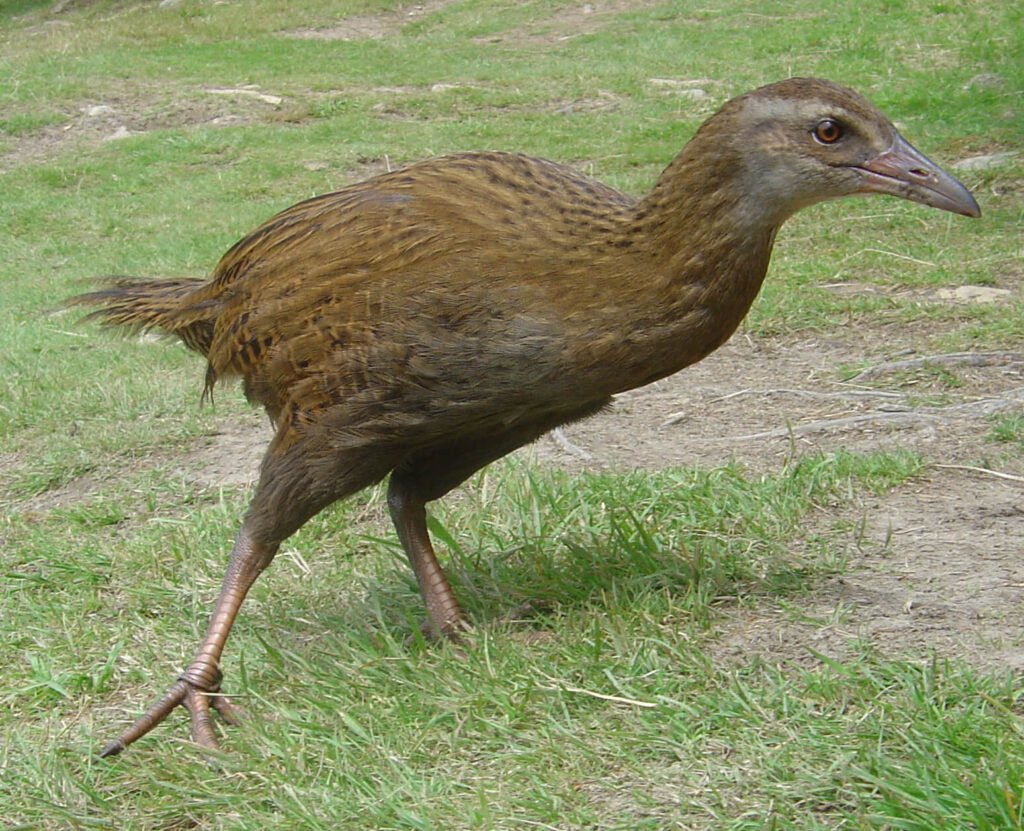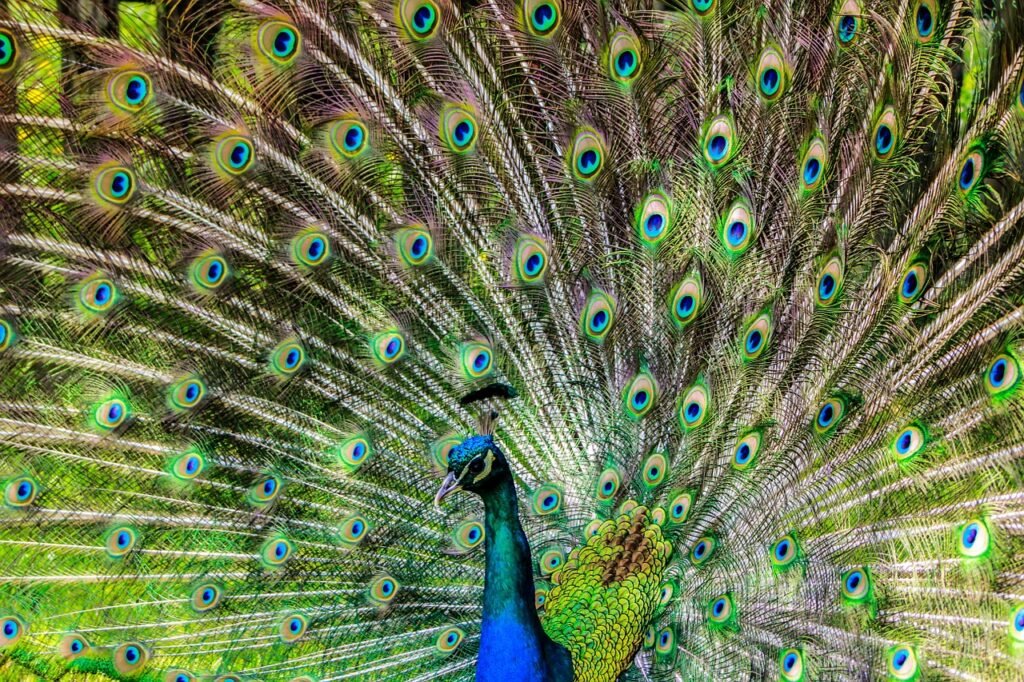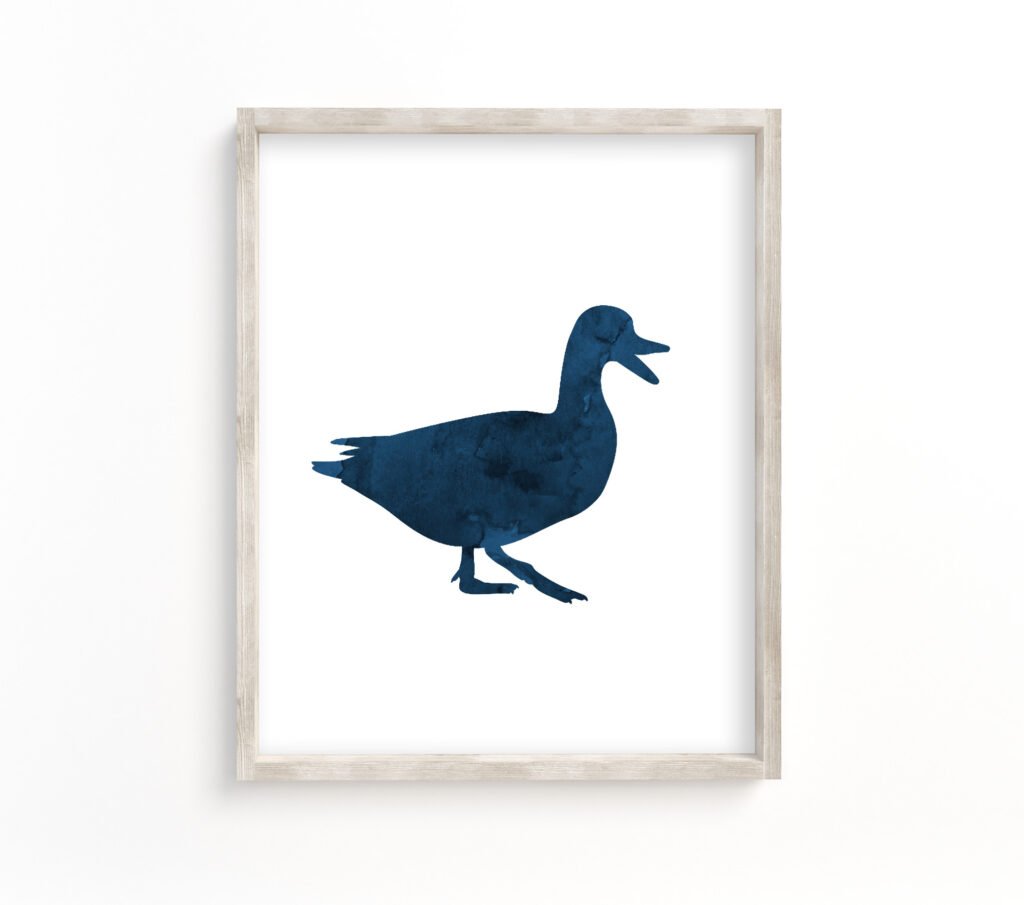Birds that can't fly
Birds are amazing creatures. They can soar through the sky, they have feathers that make them look so pretty, and they’re really good at making noise. But some birds are different.
These birds are just like other birds except for one thing – they don’t know how to fly! These types of birds are called “flightless birds”? And flightless birds live in all different parts of the world!
Why some birds can't fly
Flightless birds might not be able to do some things that other birds can do, but they still have lots of other excellent qualities. For example, flightless birds are usually much larger than other bird types because their wings never evolved for flying. Can you imagine an ostrich flying above your head?
Do you know why they can’t fly? Some birds are just too big to fly or have too much bodyweight to get off the ground, or too small wings. And some birds, like the kiwi, don’t have natural predators, allowing them to find food on the earth.
Here are the 12 most famous flightless birds
Ostrich
Ostriches are members of the Ratite group – together with other flightless birds, like the emu, the rhea, and the kiwi. Ostriches live in Africa, and even if they can’t fly, they are excellent runners who can run fast enough to outrun predators like lions or cheetahs!

Ostriches can run up to 44 miles per hour! They can even outrun horses over short distances!
Rhea
A rhea is a flightless bird native to South America. It’s also a member of the Ratite group, just like the ostrich and the emu. Rheas are smaller than ostriches, and they have shorter necks. They run 37 miles per hour.
Emu
The emu is the second-largest living bird by height, after its ratite relative, the ostrich. It is native to Australia, where it has been domesticated and used as a farm animal for its meat and feathers. Emus can run up to 31 mph. Yeah, that’s not as fast as the ostrich, but come on. I bet it’s still much quicker than you are.
Cassowary
Another member of the ratite group is the Cassowary. Cassowaries live in northeastern Australia and eat fruit, vegetables, insects, and small animals. They use their feet as a weapon and have a reputation for being one of the world’s most dangerous birds to humans and other domestic animals, but in fact, only two human deaths are known. They’re also really tall!
Penguin
Penguins are, besides ostriches, the most famous flightless birds. Those cute little birds live in the coldest parts of the world, the Southern Hemisphere. Why can’t penguins fly? Like all birds, Penguins have wings, but they cannot fly because their wings evolved to swim. One could also say their wings evolved to fly through the water.
Penguins are, besides ostriches, the most famous flightless birds. Those cute little birds live in the coldest parts of the world, the Southern Hemisphere. Why can’t penguins fly? Like all birds, Penguins have wings, but they cannot fly because their wings evolved to swim. One could also say their wings evolved to fly through the water.
Steamer duck
This beautiful waterfowl can be found in South America and on the Falkland Islands. There are four different species of steamer ducks, and only one of them can fly. They are often confused with each other because they look so similar! Steamer ducks can be very aggressive and can fight off predators and other birds to defend their territory.
Weka

What kind of bird is a Weka?
Weka, also known as woodhen, are flightless birds and part of the rail family and about as big as a chicken. It’s native to New Zealand and classed as vulnerable by the Red List of Threatened Species. Wild ferrets, cats, and dogs are a significant threat for these birds, while stoats and rats pose a threat to their eggs.
Kakapo

Do you know what a Kakapo is?
A Kakapo is an endangered flightless parrot that lives in New Zealand. They are nocturnal and the heaviest parrots. They’re the only parrot species that can’t fly and have no natural predators. But they are threatened by introduced species such as rats, stoats, and cats.
Kiwi Birds
Kiwi birds are native to New Zealand, and they live in the forest. They are nocturnal birds who can live up to 50 years if it weren’t for introduced predators like cats and stoats. Kiwi birds are omnivores and mainly feed on small invertebrates, like worms, lice, and snails, but they also consume plant matter like leaves, fruit, and invertebrates.

Takahe

What is a Takahe bird?
The takahe, also known as the South Island takahē or notornis, is an endangered bird species in New Zealand. It was presumed extinct in 1898 but rediscovered in 1948. Now, as of October 2019, their population counts about 418 birds and keeps counting.
It’s the world’s heaviest living member of the rail family and can grow up to 25 inches tall!
Dodo
The dodo is an extinct, flightless bird that lived on the island of Mauritius. It became extinct by (estimated) 1693. The word “dodo” may come from Portuguese words meaning “sluggard” and “fool” because they were so trusting they would not run away when humans came near them, which made it easy for sailors to catch them and take them back home as pets or food.
Moa
The Moa is an extinct flightless bird that lived in New Zealand.
It was the largest of all known birds, standing up to 10 feet (3 meters) tall and weighing 500 lb (230 kilograms). Humans hunted them because they were so big, but then they went extinct.
Can Peacocks fly?
Yes! Peacocks can fly.
At least more or less.
They can’t fly very high, nor very far.
When in danger, they might fly into the air to seek shelter in trees, where they are saved from predators.



